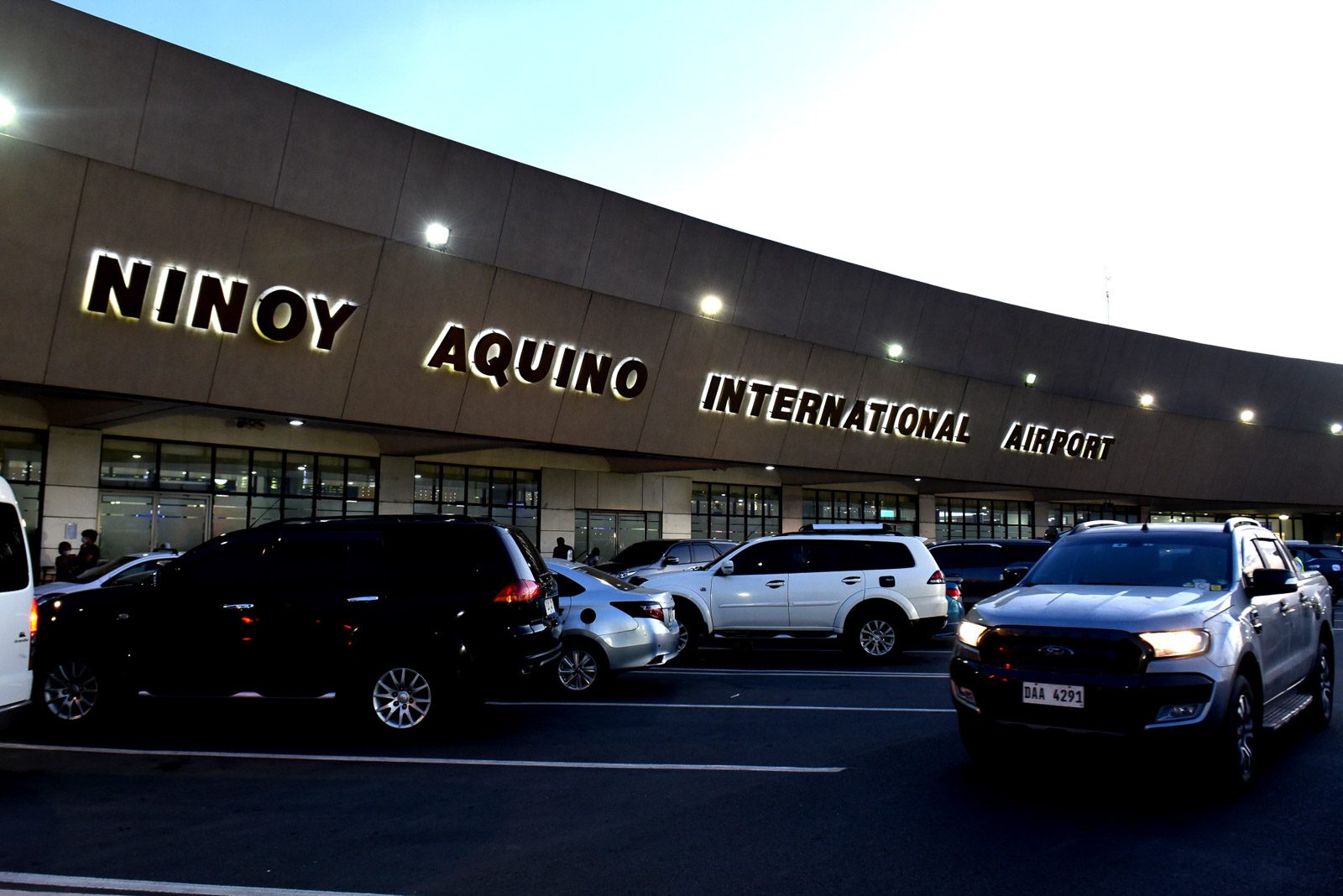SUMMARY
This is AI generated summarization, which may have errors. For context, always refer to the full article.

MANILA, Philippines – As the country grapples with the coronavirus pandemic, presidential son Paolo Duterte and two lawmakers allied with his father are moving to rename the Ninoy Aquino International Airport (NAIA) to “Paliparang Pandaigdig ng Pilipinas.”
Davao City 1st District Representative Duterte, Marinduque Representative Lord Allan Velasco, and ACT-CIS Representative Eric Yap filed House Bill (HB) No. 7031 on Thursday, June 25, aiming to remove the name of the assassinated senator “Benigno” “Ninoy” Aquino Jr from the main international airport in Metro Manila.
The allies of President Rodrigo Duterte argued NAIA’s name has to be changed to Paliparang Pandaigdig ng Pilipinas – International Airport of the Philippines when translated into English – because “there is a need to identify the same as belonging to the Philippines.”
“With the proposed name, the airport will easily be identified as the international doorway of the country, in view of it being in Filipino language and branding it as the international airport of the Philippines,” the lawmakers said in their brief explanatory note of the bill.
Duterte, Velasco, and Yap filed HB 7031 on the same day the Department of Health said the COVID-19 cases in the country has risen to 33,069. The Duterte government has long been drawing flak for its lacking response to the pandemic, which has claimed 1,212 lives so far.
Up until 1987, NAIA was known as the Manila International Airport (MIA). But it was renamed after Aquino, a staunch opposition figure against the late dictator Ferdinand Marcos Sr, was gunned down on the airport tarmac on August 21, 1983.
Aquino had spent the last 3 years of his life in self-exile in Boston, Massachusetts in the United States. But on that fateful day in August, the late senator decided to go back to the Philippines despite strong opposition from his family, friends, and supporters who feared for his life.
Past 1 pm on August 21, 1983, Aquino’s airplane arrived at MIA. Soldiers escorted him from his seat to a waiting military vehicle that was supposed to take Aquino to Fort Bonifacio.
A few seconds after he exited the plane, gunshots were heard. A bloodied Aquino was later seen lying on the tarmac with another man later identified as Rolando Galman. (READ: LOOK BACK: The Aquino assassination)
Aquino’ assassination sparked outrage both from Marcos critics and supporters alike, sparking the EDSA People Power Revolution 3 years later that would later topple the dictator in 1986.
Aquino’s widow, Corazon Aquino, succeeded Marcos after his ouster. It was under her presidency when MIA was renamed to honor her late husband Ninoy through Republic Act No 6639, though it was “enacted without executive approval” on November 27, 1987.
Years later in 2010, Aquino’s only son Benigno “Noynoy” Aquino III would become president under the once-ruling Liberal Party (LP).
The younger Aquino was then succeeded by then-Davao City mayor Rodrigo Duterte, under whose term the color yellow of the LP – or “dilawan” as propagandists call it – has become a derogatory term for critics of the administration. – Rappler.com
Add a comment
How does this make you feel?
There are no comments yet. Add your comment to start the conversation.